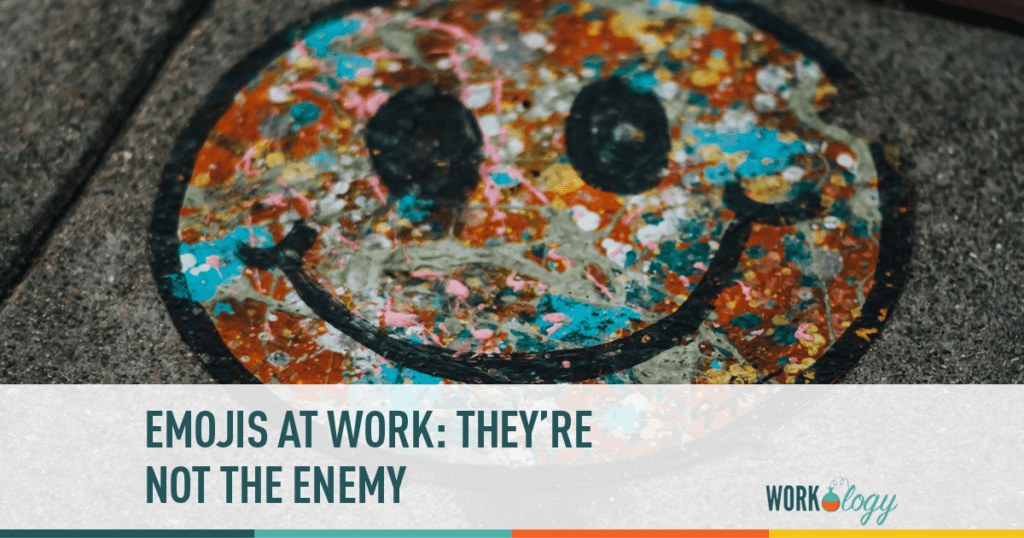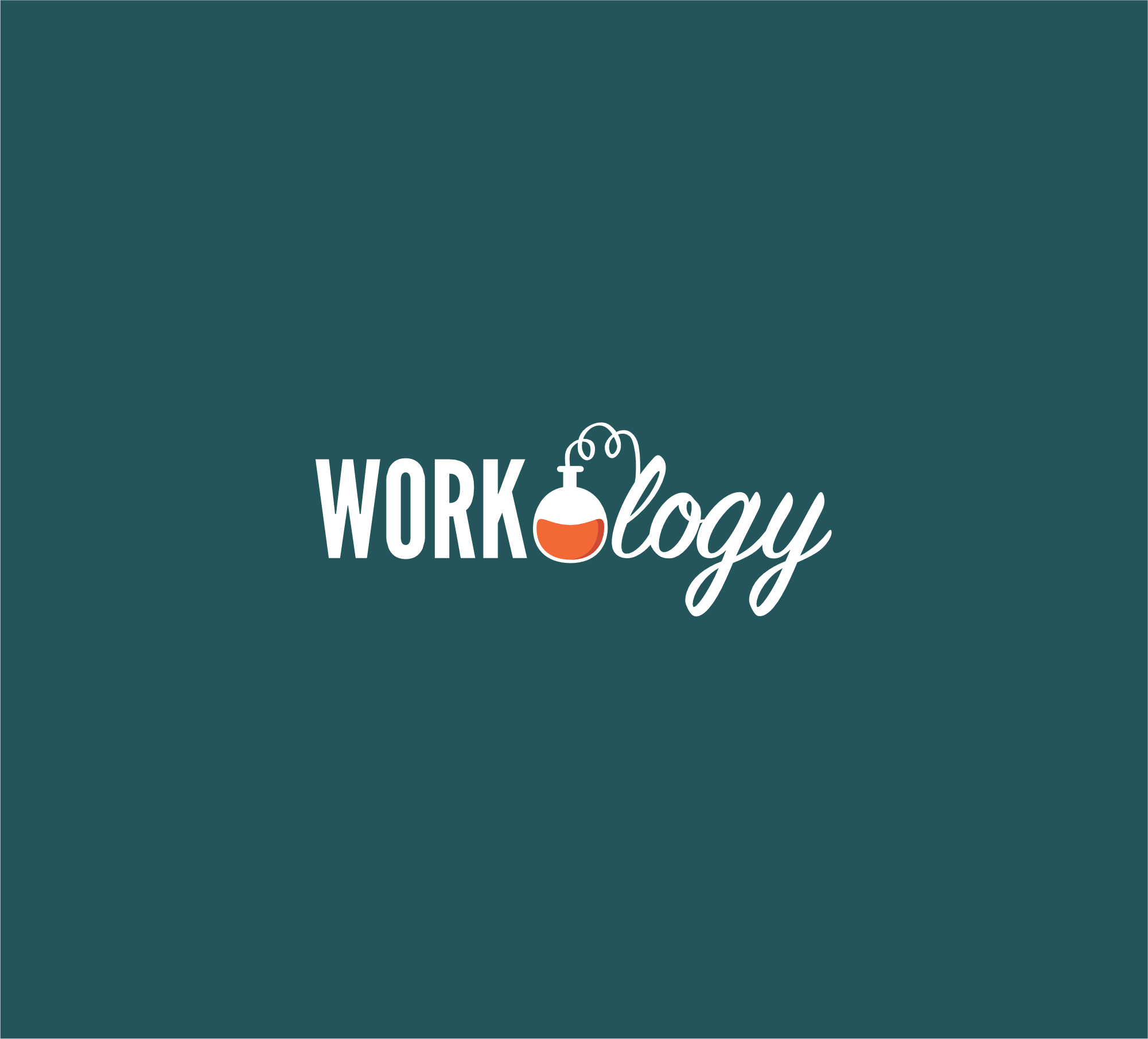Should you use emojis at work? Yes! Sometimes. If you feel like it. Maybe not with clients. 😰
The use of emojis in the workplace is, like emoticons and chat speak before them, one of those “generational divide” stand ins, something on which we can fix our frustrations about kids these days, or old people who just don’t understand. In of themselves, they’re not significant. Fun little pictures that help to convey emotion in a medium still dominated by text-based communication. But they’re a relatively new introduction to texts, emails, social media and chat programs – emojis only debuted on Linked In late last year – and in the workplace, where so many still carry scars from the Great Emoticon Wars, their use is contested.
Embrace the Silly
Emojis are, well, silly. Silliness, goes the argument, is unprofessional. Tell that to my boomer colleagues who still forward chain letters and have cat GIFs in their email signatures. Tell that to my HR friends who run Hawaiian Shirt days, push team bonding through obstacle courses and potato sack races, or take the team out for Go Karting.
Countless travel and leisure companies rely on corporate bookings to make their year. Silliness at work is big business, and, far from being the opposite of professionalism, is often the thing that makes professionalism possible. In a tense work environment, HR and team leaders look for ways to cut that tension and demonstrate to employees that they are truly valued. This might include free food, massages, or tickets to sports games – it just as often includes goofy team building exercises or weird hats. (The latter, it must be noted, is much cheaper.) Which works better? I don’t know.
Studies on the effectiveness of team building and company culture produce inconclusive data and murky conclusions – so far we don’t have a scientific formula for making employees feel good about their work. But what we do know is that positive feeling is important, and that seriousness can’t be sustained indefinitely. Silliness is natural, normal and good.
Emojis Are Communicative
According to a 2014 survey by Kelton Global, 76% of workers regularly use emojis at work and they’re using them not just because they’re delightful – although they obviously are – but also because emojis improve team communication. 50% of respondents said they use emojis “to come across as more personable, friendly or casual” and 40% said they use them”to show more of their personality.” Email and even chat are notoriously difficult media in which to convey emotion, partly because workplace communication is focused on conveying information, not novels worth of emotional depth, and partly because text is simply tricky for a lot of us. According to the survey, the most popular emojis are:
- 😀 64%
- 👍🏻 16%
- 😉 7%
- ❤️ 3%
- 😮 3%
- 🙁 3%
- 👎🏻 2%
- 😠 1%
These emojis largely work to convey positive, not negative emotions. Let that put to bed most of your worries – emojis are mainly used to generate positive feelings, ensure jokes are taken as jokes and not barbs, and to make workers and even managers more approachable to the rest of their teams. They also lend a casual air to communication that might otherwise appear stuffy, indicative of the broader trend toward more casual workplaces. Communication in general is becoming more casual, more personal, faster – thanks to apps like Slack – and less weighty. Emojis are just a small part of that change.
Trust Your Team
But what if, the argument goes, an employee misunderstands an emoji and it starts a fight? What if an employee uses an emoji with their boss, or vice versa? What if an employee uses an emoji with, my god, a client? What if? So what.
That may sound flippant but I’d prefer to think it’s pragmatic. Communication can be hard, no matter the medium. Mistakes are made by even the most seasoned business professionals. If you want your team to communicate well with each other, the rest of the company, and with clients, you need to set standards, model good communication, foster positive feelings, and trust your team to know how to talk like adults. It won’t work all the time but it will work most of the time, and the same person who would have blown a deal with an off colour joke is the one who will offend a client with an ill-timed emoji. That jerk is still a jerk and emojis will have no positive or negative impact on their jerkitude. This is news to exactly none of you – so why all the worry about using emojis at work?
Emojis are an easy thing to fixate on. They’re new, some of them are weird (surely this is the creepiest tiny Santa 🎅🏼) and they’re cute. If you don’t use them, then they’re that infantile thing other people do. If you do use them but only outside of work, then, well, you’re just morally superior to your colleagues who use them in the company Slack.
Worried about emojis in the workplace? Stop! Instead, trust your team to maintain professionalism in the face of fun. If you’ve done your job right even the most emoji-loving among them will settle in just fine. 👏 💃 💅







